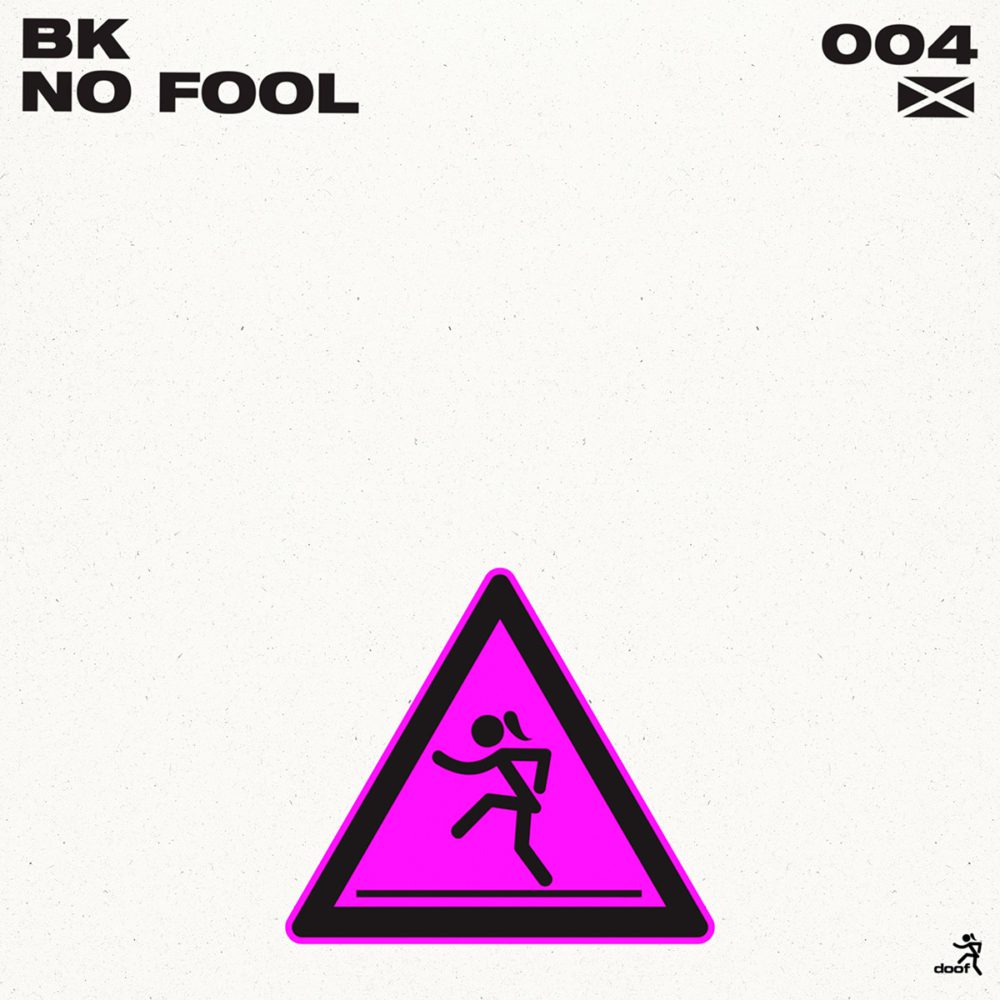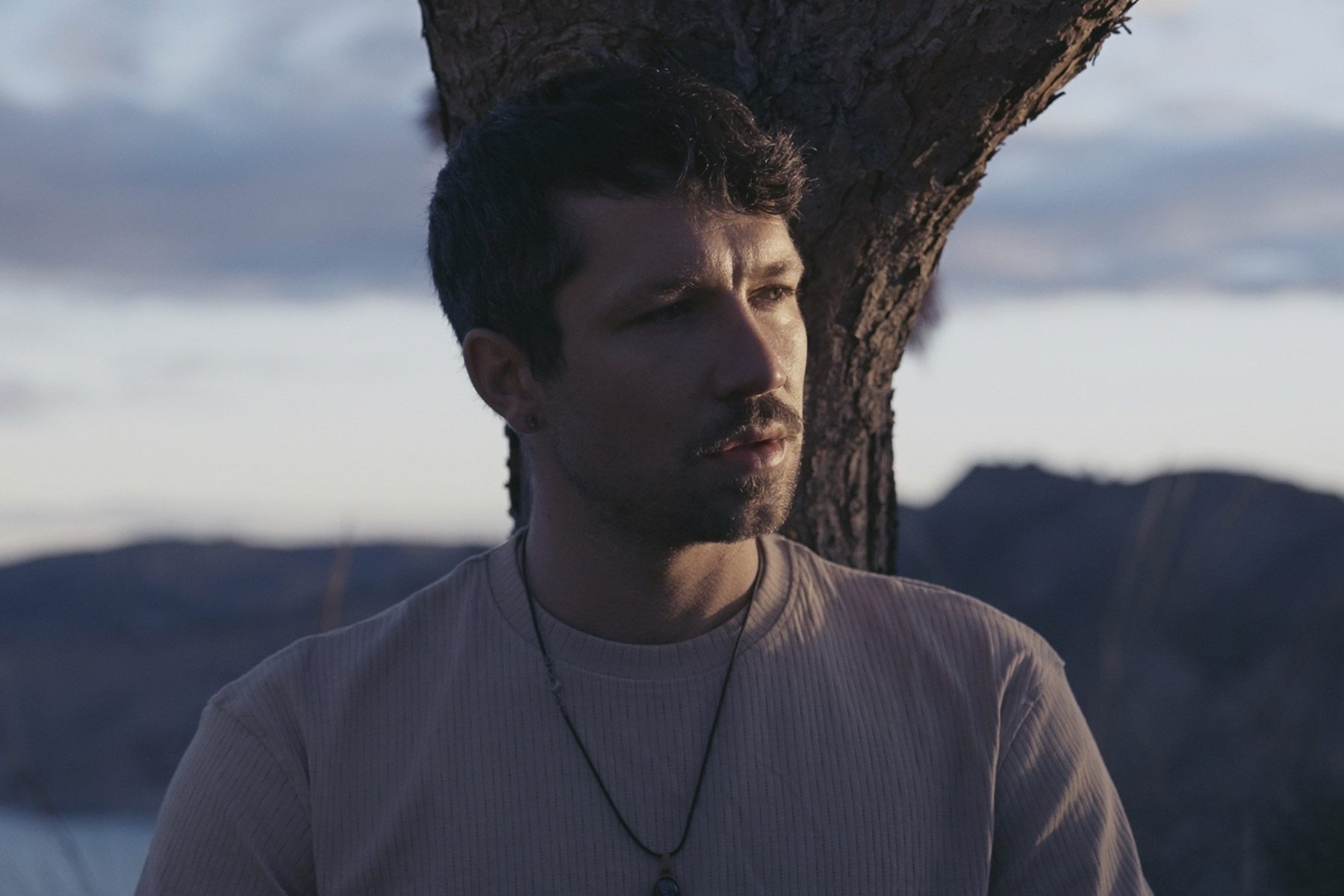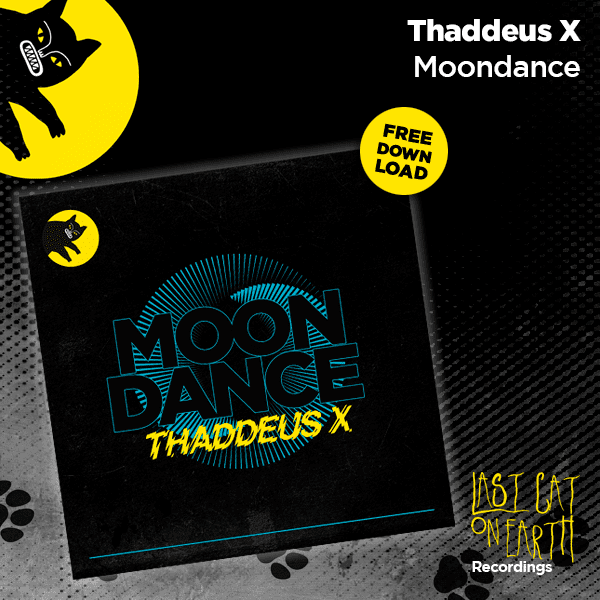Renowned for his innovative hard house sound, Ben Keen, better known as BK, is a figure in the sphere of dance music. Starting his journey at London’s Carnaby Street Studios and eventually becoming a resident at the iconic Trade club, he has been a constant force in pushing the boundaries of electronic music.
Photo credit: Ben Keen – Official
BK’s career is marked by numerous chart-topping hits and acclaimed releases, such as ‘Music Is Moving’ and ‘Revolution’. His ability to blend trance and techno elements into his style has earned him praise from both fans and critics.
Recently, Ben has released his single ‘No Fool’ under Hannah Laing’s label, doof. In celebration of this release, BK shares insightful studio tips, shedding light on his creative process and his approach to music production.
1. Use a reference track
Even with over 25 years of producing, I still use a reference track to get inspired and stay focused. There is nothing worse than sitting at your DAW with no direction. A reference track can help with so much: your mixdowns, your arrangement, sound choice, and vibe, to name a few things.
Here’s the trick, though: you are not looking to make a carbon copy of your reference track. What would be the point of that? That track already exists. You need to listen to your reference track and establish what vibe it creates. Is it a peak-time banger? Is it more of a chilled warm-up track? Does the music make you happy, emotional, etc.?
You should also listen to the track to establish what kinds of sounds they have used to create that mood. Try to train your ears to listen to each individual sound and identify what they are doing. Is the kick drum hard and distorted? Is it round and soft? Is it short or long, etc.? I would go through all the sounds in the track and analyze them this way. You do not have to find the exact same sound as your reference, but choosing sounds that do the same job and create the same vibe will keep you focused and make the process quicker, therefore giving you a good workflow.
If I choose the wrong kick, for example, when I come to writing my bass line, I may discover it won’t work with the kick I have chosen.
Using reference tracks will help you get more tracks signed, especially within dance music. A label’s sound is usually part of their brand identity. Getting their style of sound choice and arrangement correct will help you become part of that brand. We have all been there. We think we are being creative by writing off the cuff with no direction, and before you know it, you have invented Bavarian flute 2-step drum and bass with a dubstep trance lead. All sound very creative, but the reality is, who will release it, and who will play it?
2. Sound choice
This, for me, is one of the most important things. I often get sent projects from people, and you instantly know when a sound choice is wrong as they will have 10 plugins on an instrument to try and crowbar that sound into their mix when they should have just used the correct sound.
If you get your initial sound choice correct at the start, your whole workflow and mixdown will become easier and quicker. Having the correct sound choice will mean less mixing. It does not matter how many plugins you use; if your sound choice is wrong, you will never get a great mixdown. Putting in the effort in the initial stages will save you hours of work later down the line. Again, a reference can help with this.
Because today we have an endless supply of sounds, flicking through 10,000 kick drums looking for the correct one when you are feeling creative can make you make poor decisions (and lose the will to live) just so you can get started quickly.
To combat this, before I start a new project, I will set a couple of hours aside to gather sounds together. A great time to do this is when you may not feel very creative but still want to get some work done. I will gather a bunch of sounds together that are relevant to the direction I want to go (usually from my reference track). Maybe 10 kicks, 10 hats, 10 claps, 10 loops, etc. This means when I start to write, my searching is easy and quick. You can literally drag and drop to create a quick vibe knowing you have a few great things to choose from. Essentially, I create a mini sample pack for each track before I start, even including vocal samples, synth hits, etc.
3. Separating creative and technical jobs
By doing this, your workflow will improve dramatically. It will also prevent you from looping around your track over and over until the point you get bored with it.
When you start writing, just write. Don’t stop to mix as you write. If your sound choice is correct, your track will sound good enough to write with. The problem with stopping every few minutes to EQ, add compression, etc. is that you totally lose the vibe of what you are writing. At this stage, stay in creative mode. Writing a great hook or killer bass line is much more important than sorting the EQ of your hi-hat; this can easily be done later.
I will usually write the main drop of my track at this stage, as often everything else is a derivative of that. When that’s done, you can enter technical mode a little. Get a rough gain stage and tidy up little bits, but don’t spend long on this. It’s just a little tidy up. The reason is you need to get back into creative mode ASAP and get your arrangement done. The quicker you can get your arrangement done, the better. This will stop you from getting stuck in an 8-bar loop. Just sketch out your arrangement; don’t even worry about adding drum fills or automation at this stage. Imagine you’re an artist and this is your rough pencil sketch. You can go back after and colour it all in.
When this is done, you can then start looking at the technical side of the track. Set your gain staging and do the majority of your mixdown. I usually do this before I do a lot of my automation. If you do your automation before this, you have no real end start points. For example, how can you do a volume change if you don’t know what the volume of that instrument should be?
4. Simplify your life
Create a template to work from with all your busses and reverb sends set up. Don’t waste time doing this every time you write. This will also help you not overuse different types of reverb. It’s very easy nowadays to put a completely different reverb on stuff, and before you know it, you have 15 different reverbs. This will make your mix sound washed out as they all have different qualities. They will all end at different times. You are better off having 3 or 4 sends set up and keeping it simple.
At the end of a track, I’ll often go through it and mute parts on and off. You will be surprised how many of them I don’t even notice have gone. Just get rid of them. Don’t be precious. If you haven’t noticed you couldn’t hear them, then the chances are you don’t need them.
5. Wait
It’s really tempting to send a track out as soon as you have finished it. Don’t! There is no rush; it’s not going anywhere. Take a break from listening to it. Try not to play it over and over. All this does is cement to you how it sounds. If you take a break for a few days or even a week, you will come back to it with fresh ears and a fresh outlook. It will allow you to feel the track again rather than just hear it. It’s often at this stage you can really tell if the arrangement and mixdown are correct. I will often end up cutting a track down at this stage. While writing it, I may have been lost in the groove, but in the cold light of day, I can tell it’s too long.

BK’s ‘No Fool’ is out now via doof. Stream and download here.
Follow BK: Spotify | Soundcloud | Instagram | Facebook











